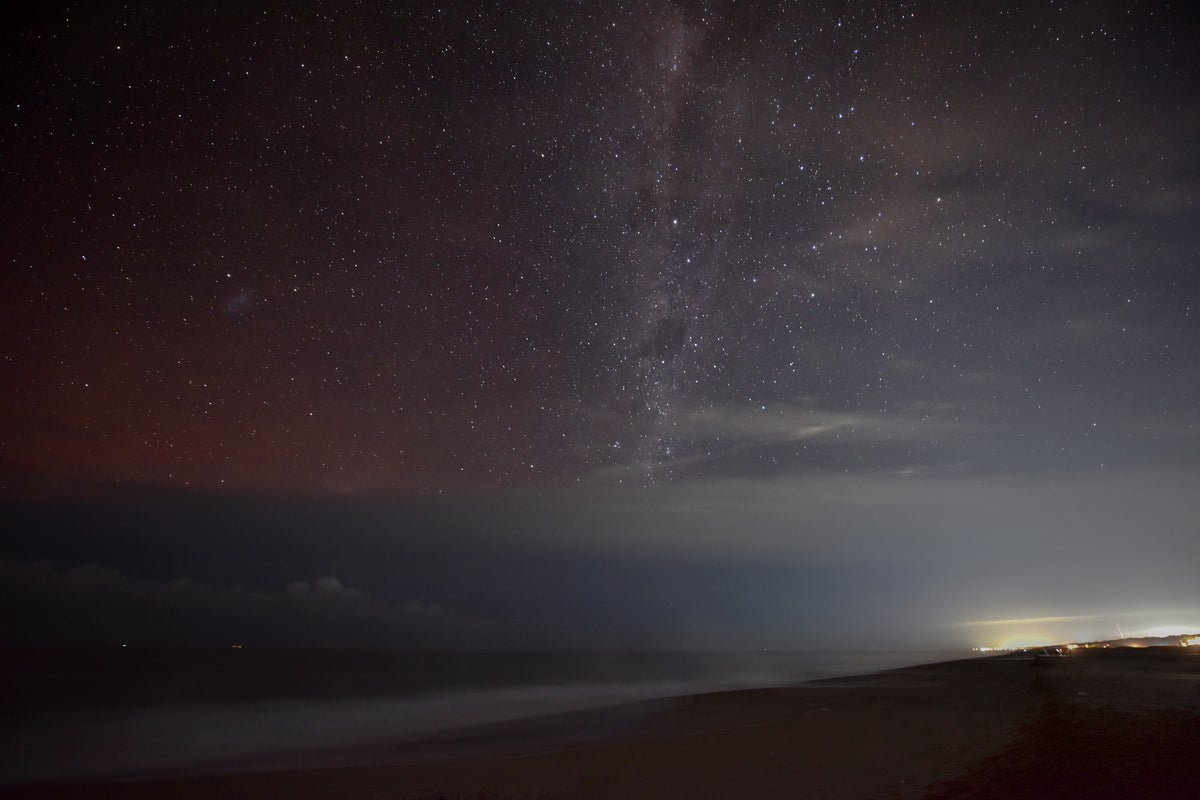
Your Contributions Enable Our Storytelling
At The Independent, we cover pressing issues, from reproductive rights to climate change and the influence of Big Tech. Our commitment to journalism involves investigating significant stories, whether it’s examining the financial activities of Elon Musk’s pro-Trump PAC or creating our latest film, ‘The A Word,’ which highlights American women’s battle for reproductive rights. We prioritize uncovering the facts amidst the noise.
In this pivotal moment of U.S. history, having reporters in the field is essential. Your generous donations help us continue this vital work, allowing us to provide comprehensive coverage from diverse perspectives.
The Independent has earned the trust of readers across the political spectrum. Unlike many other reputable news organizations, we do not impose paywalls, as we believe that quality journalism should be accessible to everyone. It is supported by those who are able to contribute.
Your contributions are invaluable.
Scientists have detected an extraordinary explosion from a yet-to-be-identified cosmic object in the universe.
While researchers are uncertain about the origin of this brilliant flash, they speculate it could represent a phenomenon never before observed.
In May 2020, a NASA telescope was examining the remnants of a supernova in a nearby galaxy. During this observation, it recorded a rapid and intense X-ray burst.
The source of this flash remains unidentified, and it may either represent the first X-ray burster documented in the Large Magellanic Cloud or possibly a flare from an enigmatic magnetar, or even an entirely different phenomenon.
Interestingly, this flash vanished within seconds and went unnoticed for years, as indicated by the researchers who made the discovery. It was rediscovered within two decades’ worth of archived data from NASA’s Chandra X-Ray Observatory.
“Have you ever looked through old photo albums only to find something intriguing hidden in the background of an image that you had never noticed before? Now imagine that on a cosmic scale,” shared lead researcher Steven Dillmann, a PhD student at Stanford University.
“By employing an innovative machine learning technique, we revisited over 20 years of archived data from NASA’s Chandra X-ray Observatory and uncovered this remarkable, potent X-ray flash from an unidentified object beyond our galaxy that had remained unnoticed for years—a genuine needle-in-a-haystack discovery.”
Scientists have yet to locate the origin of this burst through Chandra or any other telescope, making it challenging to determine its nature.
It could possibly be classified as an X-ray burster, a phenomenon occurring when a neutron star orbits a standard star and siphons away its gas, resulting in an explosion accompanied by a surge of X-ray radiation.
Notably, no X-ray burster has been previously identified within the Large Magellanic Cloud, a small galaxy neighboring our Milky Way.
Researchers are also investigating whether it could be a magnetar, a type of neutron star with incredibly strong magnetic fields that generate flares among the most explosive in the universe.
However, the scientists have never observed X-ray energy levels from such an event before.
Alternatively, it is conceivable that this event constitutes a wholly new type of cosmic explosion that has yet to be documented.
“This finding underscores the dynamic nature of space, where fascinating phenomena are constantly unfolding,” remarked Mr. Dillmann.
“It also highlights the potential of artificial intelligence in scientific discovery within archived astronomical data—there may be countless other revelations waiting to be uncovered in observations we have already conducted.”
This breakthrough is detailed in a new study titled ‘Representation learning for time-domain high-energy astrophysics: Discovery of extragalactic fast X-ray transient XRT 200515,’ published in the journal Monthly Notices of the Royal Astronomical Society.

Related Posts
First Private Spacecraft Set for Moon-Beyond Journey Faces Challenges
The first commercial spacecraft to venture beyond the Moon is currently en route to deep space, yet the mission is encountering unidentified challenges as the team strives to establish communication…
Impending Ice Age Threatened by Climate Change Chaos, According to Analysis
A team of researchers believes they can forecast the timing of the next ice age on Earth, but there’s no need to be alarmed—it’s not expected to occur for a…








